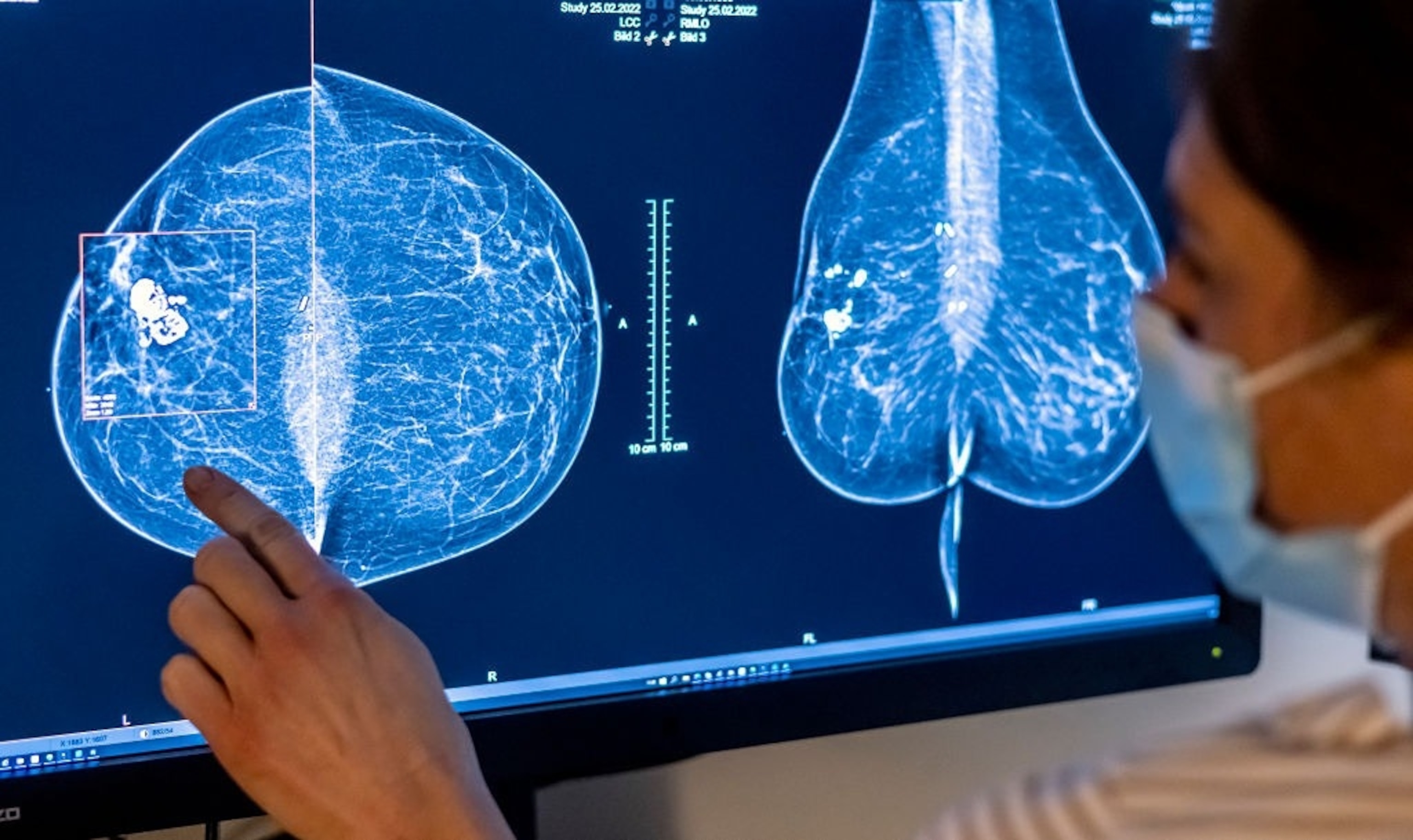

When the results of her routine mammogram came back with a diagnosis of stage 0 DCIS breast cancer in multiple areas of her right breast, Athaliah McPherson, a hairstylist and mom of one, said she wasn’t surprised.
"I knew something was off," McPherson told ABC News.
McPherson’s diagnosis was not life-threatening in and of itself, but left unchecked, it might have developed into something more serious. Typically, doctors treat DCIS with partial or full breast removal surgery, sometimes followed by radiation or hormone therapy to lower future risk.
McPherson was referred to the Montefiore Cancer Center.
There, her team -- led by Dr. Pedro Piccinini, a plastic and reconstructive surgeon, and Dr. Maureen McEvoy, a breast surgical oncologist -- recommended McPherson undergo a new procedure called total breast reconstruction, which combines mastectomy (breast removal) and reconstruction in a single surgery.
McPherson recalled that her aunt had been diagnosed with the same type of breast cancer and faced multiple complications after her mastectomy. She was open to an alternative, and six months after her diagnosis, McPherson decided total breast reconstruction was a “no-brainer.”
Combining the two procedures allows for the removal of breast tissue and rebuilding the breast immediately, instead of doing two separate operations. The surgeon places the breast implants between the chest muscles to provide added stability, helping reduce the risk of distortion, movement, infection and fluid buildup. By avoiding the need to cut through or lift muscle, it can also lessen pain, speed recovery, and create a more natural breast shape.

However, those with larger breast sizes may have variation in their breast size post-surgery and should discuss their expectations with their doctors.
This differs from the usual approach, where reconstruction is often delayed until after the mastectomy has healed or other treatments are finished -- sometimes by several months or even a year. That delay often heightens the emotional distress of a breast cancer treatment while the patient waits to regain her breast shape.
Compared to traditional mastectomy, the immediate impact of total breast reconstruction is, as Piccinini told ABC News, "better results, lower complication rates, shorter hospital stays and reduced overall costs." He added that the procedure is covered by most insurance plans, making it more accessible to patients.
“The first day after surgery, I was up and walking,” McPherson said. “I was back to work within six weeks.” She credits her quick recovery to the ease of the surgery, and active lifestyle, and the care she received at Montefiore.
“I am 100% happy with my results,” McPherson said.
The two-for-one approach represents a notable shift in breast cancer surgery, said Piccinini.
Improving a patient’s physical appearance after breast cancer treatment can have a powerful ripple effect. Patients often become “more outgoing, experience improved relationships, and develop a stronger self-image,” Piccinini explained. These benefits can contribute to better health outcomes and, in some cases, longer survival, he added.
McPherson agreed. “Do something that will help you feel better, make you look better, and help you have the will to live,” she advised.
Piccinini and his team are presenting their technique to other oncologists at national conferences throughout the country, aiming, he said, to spread the word and advance the standard of care for all breast cancer patients.
As for McPherson, she is currently in remission. Her advice to other women: “Do not skip your yearly mammogram.” And if you do get a diagnosis, explore all your options for treatment and recovery, she added.
Cyrus Mowdawalla, MD, is a resident physician in Internal Medicine from Montefiore Medical Center and a contributing correspondent of the ABC News Medical Unit.
